Manufacturing engineer CV examples for this year
As a manufacturing engineer, you need a CV that highlights your engineering skills and expertise. Follow these examples and tips for a professional CV.
As a manufacturing engineer, you need a CV that highlights your engineering skills and expertise. Follow these examples and tips for a professional CV.
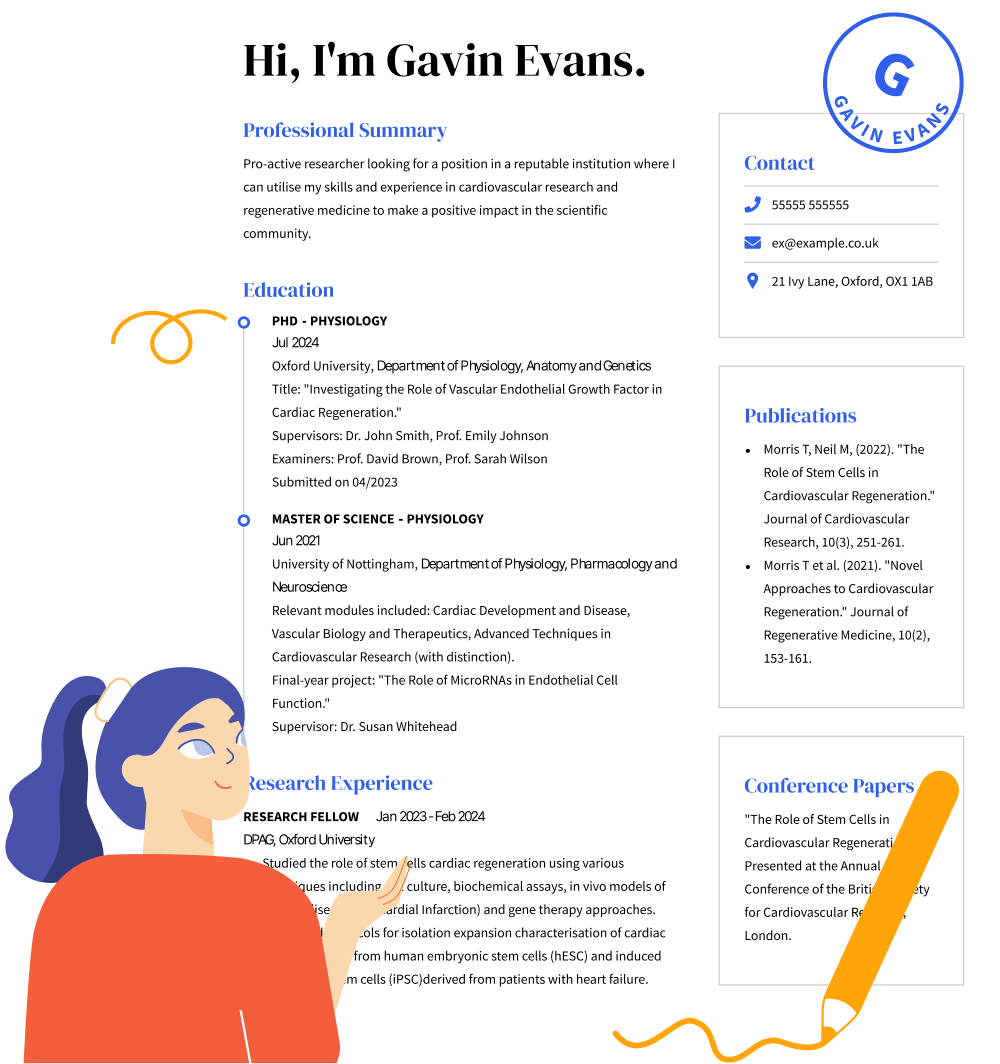
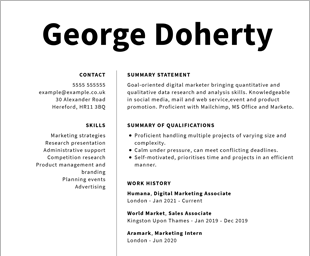
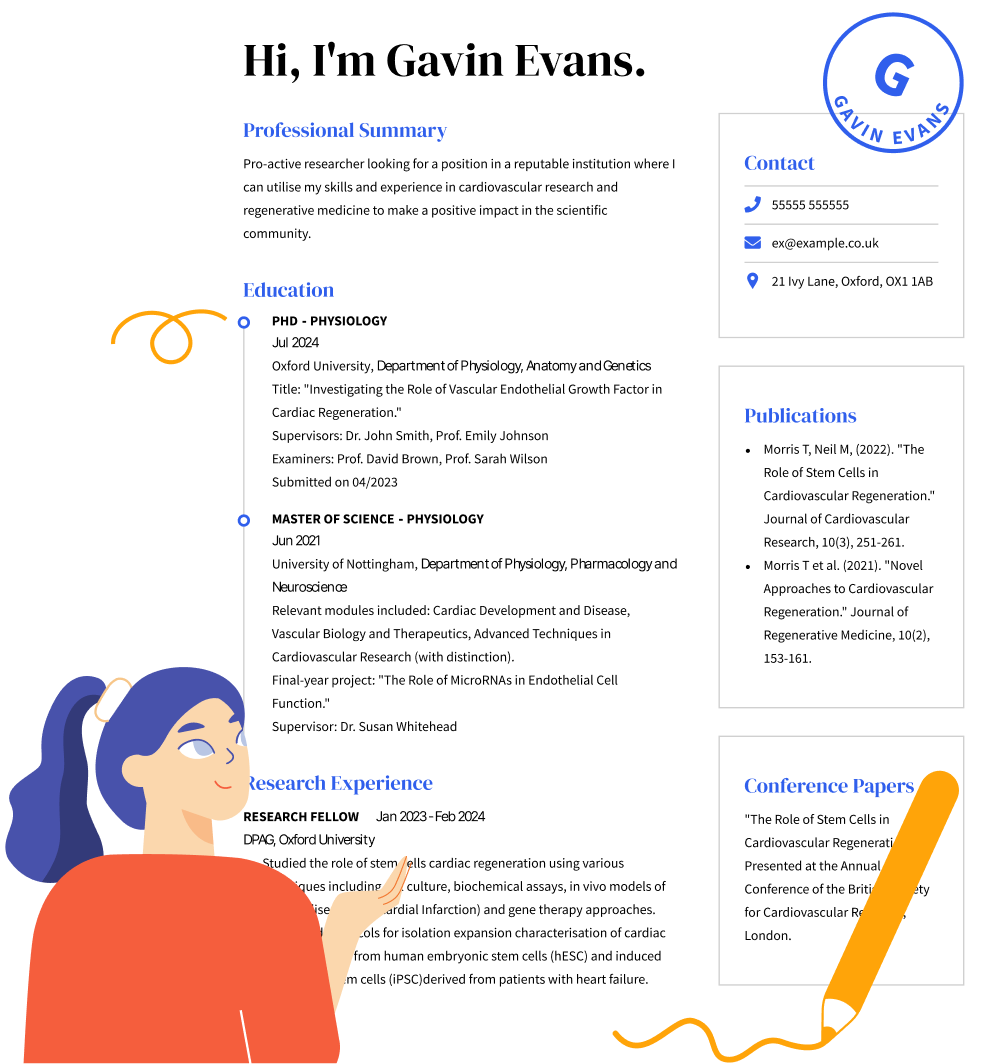
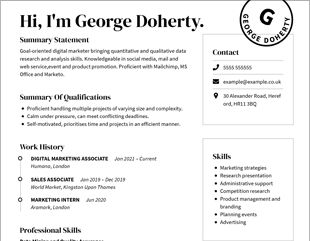
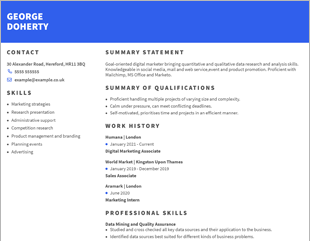
OUR USERS HAVE BEEN HIRED BY
Manufacturing engineers are responsible for the creation, design, development, and installation of new products or production lines. They fix technical issues, choose precise tools for various machines, and make production processes more efficient and cost-effective over time.
A professional manufacturing engineer’s CV must show that you have the skills and knowledge to perform the role’s duties. The perfect CV will demonstrate knowledge of tools and subject areas related to manufacturing processes.
For a manufacturing engineer CV, you will need to ensure that you include the right experience, educational achievements, and skills that qualify you for the job, and present them in the right format. There are three CV formats that you can choose from:
Once you have selected your CV format, you can add the following sections:
Include your contact information in the header. Include your full name, address, email, and phone number. It’s important that your contact information stands out so a recruiter can easily contact you.
Under your header, include a professional summary or career objective. A professional summary provides a snapshot view of your career, highlighting your top skills and experiences. A career objective provides a more goal-oriented view of what your career objectives are. Here are examples of each:
Professional summary: “Expert manufacturing engineer with 10+ years of experience designing processes and automation. Experienced with project management and implementing process improvements at Company X.”
Career objective: “Motivated engineering graduate seeking to use a broad skill set to bring continuous improvements to product quality at Company X.” Experienced candidates and senior manufacturing engineers should choose a professional summary. Those closer to entry-level should opt for a career objective.
Any type of manufacturing engineer job will require technical hard skills. Mechanical engineering roles, quality engineers, process engineers, and industrial engineering jobs all have tasks that they need the expertise to complete. Your manufacturing engineer skills section should show your capabilities to the recruiter. It should also show that you have the soft skills to get along with team members and make you a great fit with the company. Here’s a list of skills to consider including in your CV:
Remember that the recruiter will have some knowledge of the field. So, you should feel comfortable using industry-specific terms when referring to your skill set.
List your previous manufacturing engineer experience in this section in reverse-chronological order, with the most recent experience first. Include any relevant roles that help establish your knowledge and skills as an engineer. Include roles where you had duties related to quality control, troubleshooting, product design, or new product introduction. As long as you believe the role is relevant to the advertised role, you can include it here.
Further, establish how you are a great fit for the role by referring to your professional certifications and qualifications. Employers typically look for manufacturing engineers with a Bachelor of Science degree in mechanical engineering, industrial engineering or related fields. Also include any other certifications, such as Autodesk certifications, that can support your CV.
Here are some additional tips to keep in mind when writing your manufacturing engineer CV:
Yes, you should write a cover letter for a job application. Your cover letter allows you to expand on your CV and show your personality. It also allows you to explain why you want to work for the company.
It will always be a challenge to land a manufacturing engineering role without experience. However, you can still use this guide. You need to draw the line between your skills and education and the advertised role for the recruiter. You will then need to back this up with a well-crafted cover letter explaining why you would excel in the role.
You should customise your CV for each job application. You can do this by looking at the job title and job description. Use this for clues as to what the recruiter is looking for, and ensure your CV includes these phrases. Use the CVHelp manufacturing engineer CV sample for more tips.
We personalize your experience.
We use cookies in our website to ensure we give you the best experience, get to know our users and deliver better marketing. For this purpose, we may share the information collected with third parties. By clicking “Allow cookies” you give us your consent to use all cookies. If you prefer to manage your cookies click on the “Manage cookies” link below.